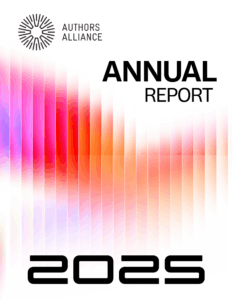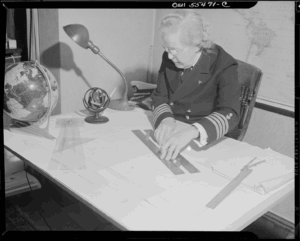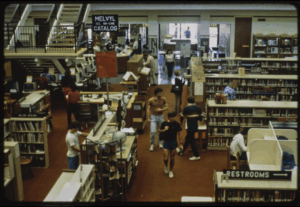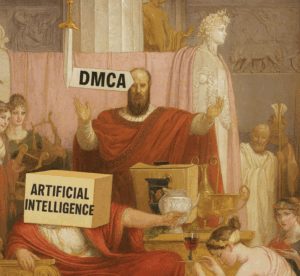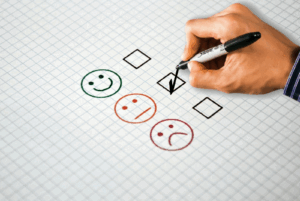What is Happening with the Register of Copyrights?
In the news recently were several reports about the Supreme Court deferring a decision on whether President Trump can fire Shira Perlmutter, Register of Copyrights. We have previously blogged about the origins of this lawsuit and why the lawsuit matters for authors, but the rapid developments over the past few months warrant an update. We explain below where the case now stands—and how it connects to two major Supreme Court cases that may shape the future of the US Copyright Office.


